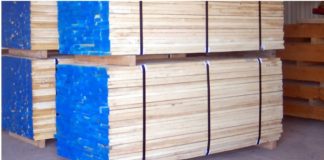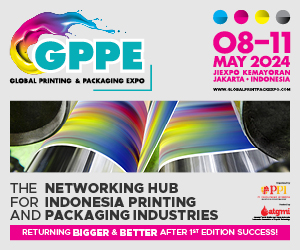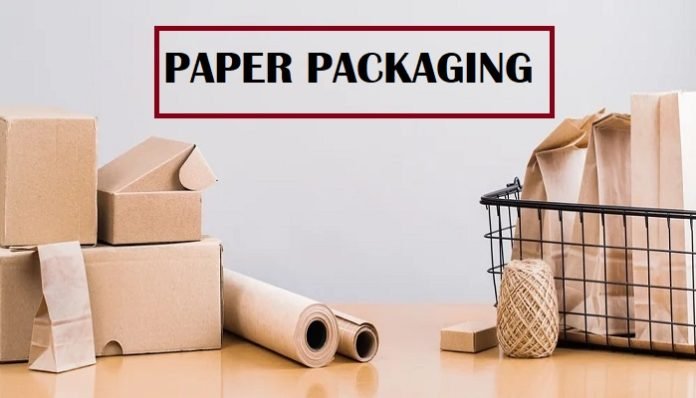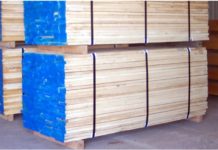Brand owners move from plastic into paper-driven packaging so as to boost sustainability. We can indeed say that the paper packaging market is indeed changing. Moving parts include the fact that not only is there a demand for paper packaging, but there are also pandemic-driven changes when it comes to supply chain issues as well as consumer behaviour.
The consumer-packaged goods companies, or CPG companies, as they are called, as well as their packaging suppliers are keeping a close watch on environmental issues like wildfires and climate change, which could go on to affect the raw material supplies that are essential when it comes to packaging manufacturing. Corporate sustainability goals happen to be a primary motivator when it comes to making the shift from plastic to paper. Apparently, all the major players when it comes to CPG companies have some form of sustainability goal sewed into their business models, according to one of the sales managers working in a fibre-packaging group.
When it comes to the UK, Kellogg Europe began testing the paper liners in place of regular plastic for its corn flakes. The company has already stated publicly that it has a goal of using 100% recyclable, compostable, and reusable packaging by 2025.
PepsiCo, too, is testing recyclable, paper-based outer packaging in place of a plastic film for its potato crisp six-packs. The trial for this has already started on March 1. It is well to be noted that the brand did roll out fresh paperboard outer packaging when it comes to 22- and 24-bag multipacks when it comes to crisps. It has been stated by PepsiCo that by 2025, it will have ensured that 100% of the packaging is compostable, reusable, and recyclable. Paper bottles could also play a pivotal role, as in 2020 PepsiCo will have already started working with Pulpex in order to develop the first recyclable paper bottle in the world.
Retailers are apparently also looking at paper packaging from innovative angles, as per VP of Packaging Innovation, Pat Lindner, from Amazon. They, for instance, have created their recyclable paper-paddled mailer and replaced the mix mailer.
He added that they consider recyclability as far as the selection of the right materials is concerned, but they also look into carbon as well as resources.
The paper packaging content, which is specifically recycled fiber or virgin fiber is a significant consideration for brand owners so as to make them switch from plastic to paper. Research done by PMMI, an association when it comes to packaging and processing technologies, and also the American Institute for Packaging and the Environment says the CPG companies are significantly interested in certified paperboard. The results of the research indicate that during the next 10 years, the CPGs usage of
- Certified solid bleached sulphate paperboard is anticipated to grow by 34%.
- Certified kraft paperboard will see a surge of 32%.
- Certified recycled paperboard will increase by 24%.
- Certified corrugated will see an increase of 21%.
The use of the non-certified analogues pertaining to these materials is estimated to shrink during the same period.
It is well to be noted that the Forest Stewardship Council certification happens to be like any other sustainability strategy and is best accomplished in collaboration with suppliers by setting transparent goals over time. In today’s scenario, demand for some kinds of packaging fiber crosses the supply, especially because of the COVID pandemic, where consumer purchasing habits changed, as per communications director at FCS US, Brad Kahn. There happen to be FSC-certified forest managers who would like to sell more certified fiber, he adds. As per him, these sourcing relationships do take time to develop, but generally speaking, there is indeed enough fiber to meet the present as well as the growing demand.
Family-owned forests, on the other hand, continue to play a pivotal role in making sure of adequate supply when it comes to certified paper products, and standard bodies are indeed making it easier for the landowners so as to get the required certification.
The family woodlands represent the largest landowner class in the US, and in certain regions like Southeast, family forests represent the lion’s share as far as supplies to mills are concerned, says Kahn.
According to the statistics rolled out by the congressional research service, 61% of the 443 million acres of US forests happen to be privately owned. Kahn adds that in order to lessen the barrier to certification for these owners, FSC operates a group certification programme. The groups, as expected, share the costs among the group members and go on to provide technical support to the landowners. International Paper is working with FSC to make the certification of the small forests seamless from where it sources woods.
According to Jay Fowler from the International Paper, they acknowledge administrative as well as financial issues when it comes to certifying forests. In order to help the landowners reduce the administrative burden, International Papers has already begun an internal Stewardship Council forest certification management group, which goes on to help the small private landowners who supply the company certify their forest land and at the same time minimise the administrative burden as well.
The sustainable forestry initiative puts the onus when it comes to sustainable forestry on the company that buys the wood. Senior VP, customer affairs at SFI, Jason Metnick, says that around 60% of the fiber in the US is due to the small family forest landowners, and it is most likely that they are not managing the lands for timber production but for other benefits.
Organizations that happen to be certified as per the standard of SFI Fiber Sourcing must show that the raw materials within their supply chain come from legal and responsible sources. Apparently, there are third-party audits that confirm the use of sustainable practises. It is well to be noted that the largest forestlands mostly get certified to the SFI Forest Management Standard, which happens to be the largest forest certification standard that operates in North America.
Owners making a switch to paper packaging happen to be interested in the recycled content and also certified sustainable materials. Among other concerns are recycled fiber availability as well as the requirement to strike a balance between virgin and recycled materials when it comes to packaging materials.
As per the American Forest & Paper Association (AF & PA), around 80% of the entire US paper and paperboard mills went on to use some recycled paper in order to manufacture new paper as well as paperboard products that include packaging in 2021. Interestingly, one-third of the mills used just recycled paper.
To promote recycled fiber usage, the US Environmental Protection Agency has gone on to develop procurement guidelines when it comes to paper products, which include packaging. When it comes to corrugated containers, the EPA goes on to recommend post-consumer fiber levels that mostly depend on the burst strength of the container. The agency also goes on to recommend between 40% and 80% post-consumer fiber when it comes to folding cartons.

























